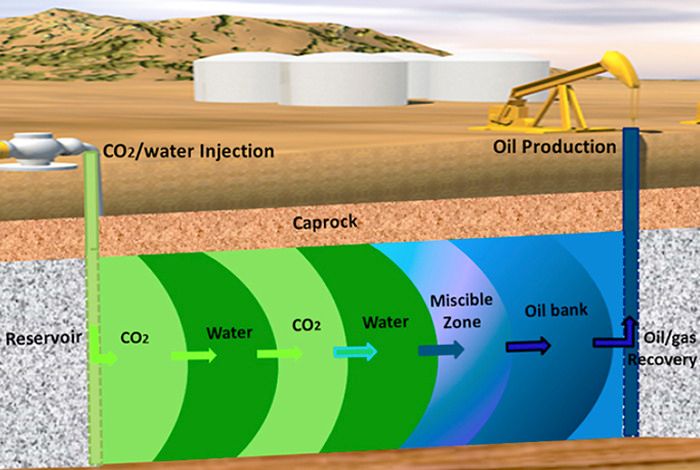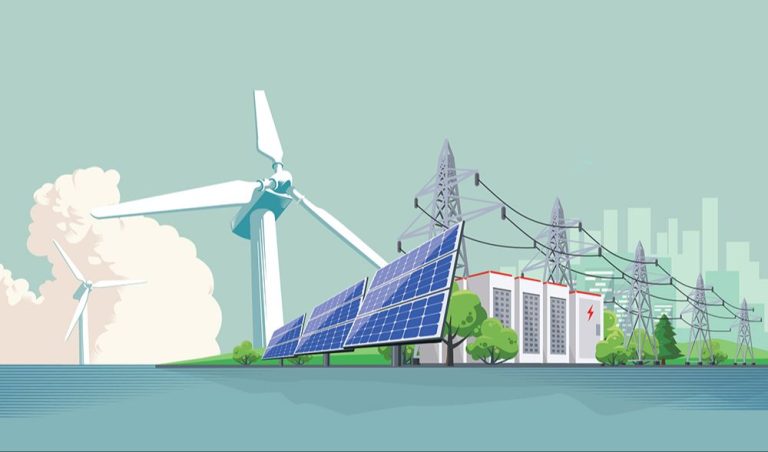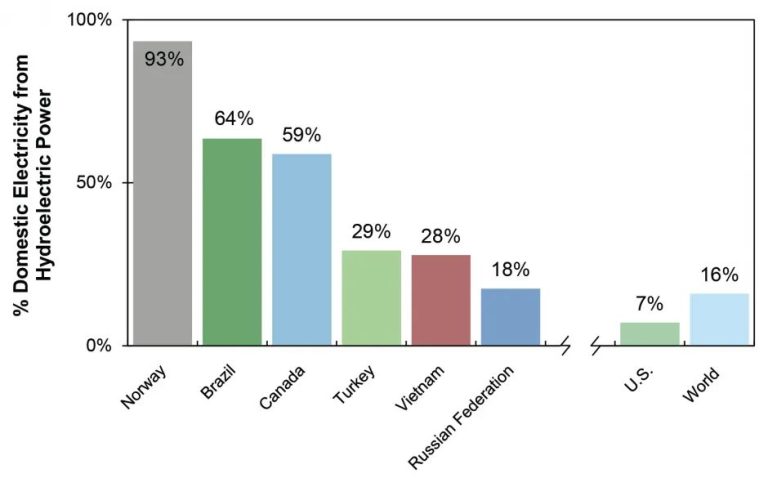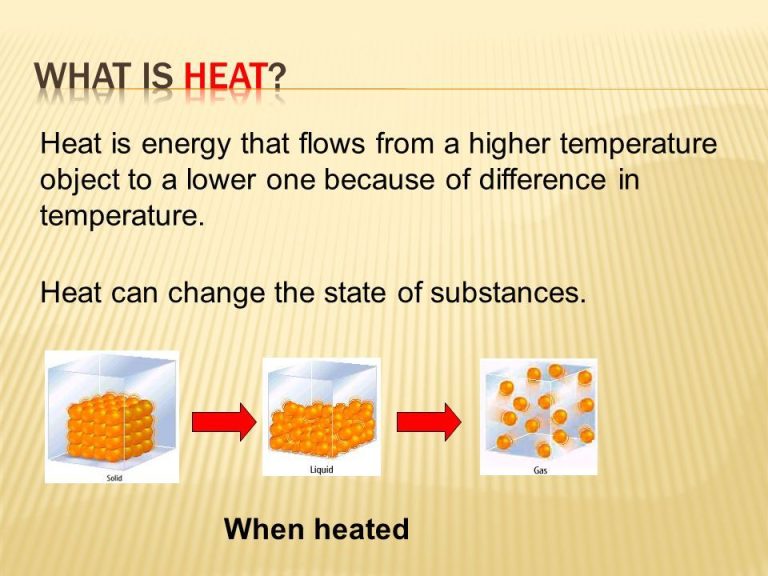What Are The Future Energy Sources?
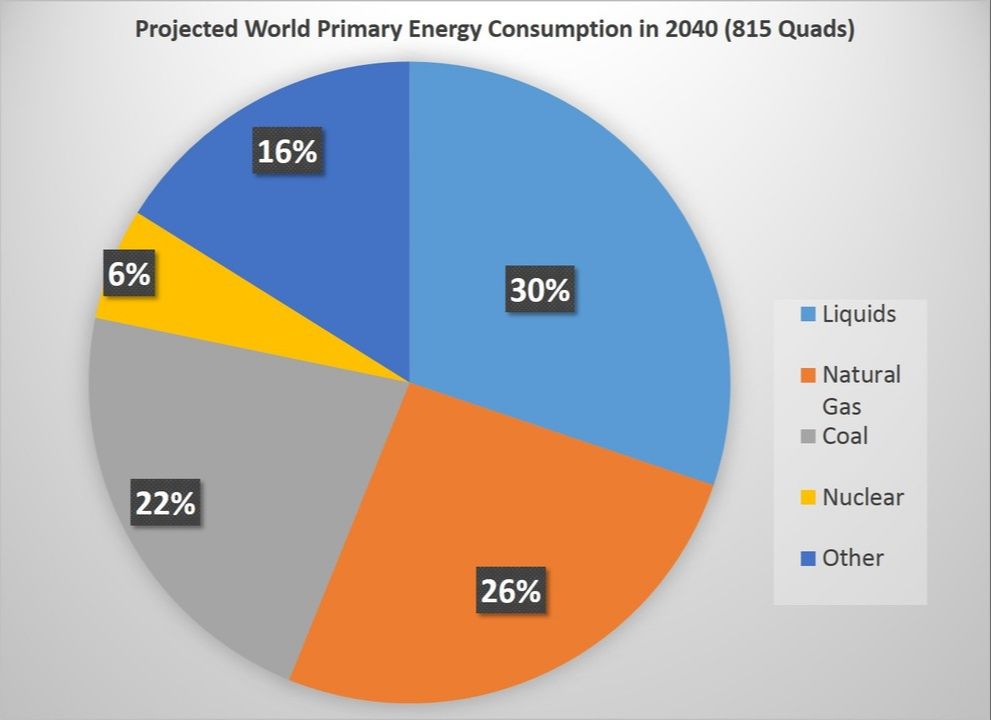
Fossil fuels like coal, oil, and natural gas currently make up over 80% of the world’s energy supply. However, these energy sources are finite and their continued use releases greenhouse gases that contribute to climate change. As the global population increases and countries develop further, energy demand is projected to rise significantly in the coming decades. It’s critical that new, sustainable energy solutions are developed to meet future needs while minimizing environmental impact. Exploring potential future energy sources allows us to plan and invest in the technologies that will power society for generations to come.
This article will provide an overview of some of the most promising energy sources of the future, including renewables like solar, wind, and geothermal as well as advanced technologies like nuclear fusion. Understanding both the benefits and challenges of these emerging energy solutions will shed light on the pathways to building a low-carbon energy system that supports continued human development.
Solar Power
Solar power harnesses energy from the sun through the use of photovoltaic cells. When sunlight hits these cells, it causes electrons to be emitted, generating an electric current that can be used as electricity (1). Solar PV systems come in many different forms like rooftop panels, solar farms, and integrated building materials (2).
Solar power is one of the fastest growing energy sources in the world, providing 3% of global electricity in 2020 (3). Total installed capacity has increased over 200 times between 2000 and 2020 (2). The future potential for solar power is enormous, considering the sun provides more energy to the earth in one hour than humanity uses in an entire year (1). The U.S. Department of Energy forecasts that solar could provide 20% of U.S. electricity by 2030 and 45% by 2050 (1). Key factors driving growth include improving solar panel efficiency, reduced costs, favorable policies, and energy storage solutions to enable 24/7 clean power (2).
(1) https://www.nrel.gov/news/program/2022/building-a-solar-powered-future.html
(2) https://www.iea.org/energy-system/renewables/solar-pv
(3) https://energy.mit.edu/research/future-solar-energy/
Wind Power
Wind power has seen tremendous growth in recent years as a renewable energy source. According to the U.S. Department of Energy, “wind energy is one of the fastest-growing renewable energy sources in the world,” with installed capacity increasing over 50% since 2010 (https://www.energy.gov/eere/wind/articles/what-does-offshore-wind-energy-look-today).
Offshore wind farms are a key area of expansion, allowing access to stronger and more consistent winds. The U.S. plans to deploy 15,000 megawatts of offshore wind capacity by 2035 (https://www.energy.gov/eere/wind/articles/future-offshore-wind-big-literally). Larger turbines and foundations are enabling farms further offshore in deeper waters.
Continued innovation aims to reduce costs and increase efficiency. Airborne wind turbines using tethered rotors and advances in blade design and height are among future concepts being researched. Energy storage technology is being paired with wind to provide continuous, reliable power.
Nuclear Fusion
Nuclear fusion is a reaction that occurs when two light atomic nuclei fuse together to form a heavier nucleus, releasing a huge amount of energy in the process. Fusion takes place when hydrogen atoms are subjected to extreme heat and pressure, causing their nuclei to fuse into helium. This is the process that powers stars like our sun.
Scientists have long sought to harness fusion as a clean, sustainable source of energy on Earth. Major research projects like ITER, based in France, are working to demonstrate the feasibility of fusion power. ITER plans to build the world’s largest tokamak, a magnetic confinement device designed to achieve self-sustaining fusion reactions. The goal is for ITER to produce 500 megawatts of fusion power by 2035 (1).
However, despite promising progress, there are still significant scientific and engineering challenges to overcome before fusion can become commercially viable. The temperatures and pressures required to force hydrogen nuclei together are extreme, upwards of 150 million degrees Celsius. Containing the plasma and energy in a stable way remains an obstacle. Even with a successful ITER demonstration, it may still take several more decades of development before fusion reactors can provide energy to the grid (2).
In summary, nuclear fusion holds potential as a game-changing future energy source, but the timeline for implementation is likely mid-century at the earliest.
(1) https://www.iter.org/proj/inafewlines
(2) https://www.scientificamerican.com/article/what-is-the-future-of-fusion-energy/
Hydrogen Fuel Cells
Hydrogen fuel cells are electrochemical devices that convert hydrogen and oxygen into electricity through a chemical reaction. They work by passing hydrogen through the anode of the fuel cell and oxygen through the cathode. At the anode site, the hydrogen molecules are split into protons and electrons. The protons pass through a membrane while the electrons are forced through a circuit, generating an electric current. At the cathode, the protons, electrons, and oxygen combine to form water molecules. The only byproduct of this reaction is heat and water, making hydrogen fuel cells an efficient and clean energy source.
Hydrogen fuel cell vehicles like the Toyota Mirai, Honda Clarity Fuel Cell, and Hyundai NEXO are currently available for consumers. However, the lack of hydrogen fueling infrastructure poses challenges. There are only 48 public hydrogen fueling stations in California as of 2022 [1]. Most existing stations are located in Los Angeles, San Francisco, San Jose, and San Diego. For wider adoption, increased investment and strategic placement of fueling stations are needed.
One key advantage of hydrogen fuel cells is their scalability. As noted in an article, fuel cells can be sized and combined to meet almost any application and power requirement. Small stationary fuel cells can provide backup power to hospitals or data centers, while larger multi-megawatt installations can provide primary power for universities or military bases. Fuel cells can also power anything from forklifts to cars to trucks and buses. However, there are technical challenges in scaling up hydrogen storage tanks and fueling infrastructure to match the increasing power output and range demands.
Biofuels
Biofuels derived from non-food crops like algae or switchgrass hold great potential as future energy sources. According to the International Energy Agency, advanced biofuels could reach over 10 EJ by 2030, requiring 11% growth per year (IEA). These advanced biofuels offer benefits like reduced greenhouse gas emissions compared to fossil fuels. However, high costs are currently a major drawback. The IEA reports costs for advanced biofuels can be 2-4 times higher than conventional fossil fuels (IEA). But continued research and development aim to bring costs down through improved conversion processes and economies of scale. Cellulosic ethanol made from switchgrass is one example of an advanced biofuel with potential for expanded commercialization.
Geothermal
Geothermal energy comes from the natural heat of the earth. Traditional geothermal power plants use hydrothermal resources where there are naturally occurring hot water reservoirs close to the surface. The hot water or steam from these reservoirs can be tapped to turn turbines and generate electricity. According to the Department of Energy, the future growth potential for traditional geothermal in the US is limited due to the scarcity of these hydrothermal resources.
Enhanced geothermal systems (EGS) offer a promising path for dramatically expanding geothermal energy. EGS involves drilling deep wells and injecting water to create artificial geothermal reservoirs in hot dry rock. The injected water captures the heat of the rock formation and is brought back up as hot water or steam to generate electricity. EGS has the potential to provide vast amounts of baseload renewable energy because hot dry rock is available almost everywhere. However, EGS technology is still in the demonstration and early commercialization phase. Ongoing research aims to improve techniques for creating reservoirs and managing the underground heat exchange process. If EGS can become cost-competitive, geothermal capacity in the US could grow more than 26-fold by 2050.
Wave & Tidal Power
Wave and tidal power harness the energy from ocean waves and tides. They are renewable energy sources with potential to generate electricity at scale in coastal areas with suitable conditions.
Tidal power captures energy from the rise and fall of tides using tidal stream generators placed in fast tidal currents or tidal barrages built across estuaries that trap water at high tide.1 The movement of the tides spins turbines to generate electricity. There are a few major tidal power plants operating globally like the Sihwa Lake Tidal Power Station in South Korea, but the technology faces challenges with cost and environmental impact.2
Experts estimate the global potential for tidal power at 500-800 TWh per year, around a quarter of current global coal generation.3 With technology improvements and suitable site selection, tidal could grow to make a meaningful contribution to renewable energy supply.
Wave power devices capture energy from surface waves, often using floating structures with components that move with the waves to generate electricity. There are a few small prototype wave farms, but the technology is still early stage. Wave power potential globally is estimated at over 29,000 TWh per year, but it remains costly to harness at scale.
Energy Storage
Energy storage will play a critical role in the future energy landscape as we transition to more renewable sources like solar and wind. According to a recent MIT study, improvements in battery technology will enable longer discharge times and lower costs (The Future of Energy Storage). Lithium-ion batteries currently dominate the market, but research is ongoing into solid-state batteries that promise greater energy density and safety.
Beyond batteries, pumped hydro storage and compressed air energy storage allow renewable energy to be stored on a large scale for minimal cost. Pumped hydro facilities use excess electricity to pump water uphill into a reservoir, then release it through hydroelectric turbines when demand rises. Compressed air facilities use excess electricity to compress air in underground caverns which is then heated and expanded through turbines. These large-scale storage methods will help balance renewables like solar and wind whose output fluctuates (The future of energy storage: Batteries and beyond).
Widespread energy storage deployment will enable higher renewable energy penetration. By storing excess renewable generation, storage can mitigate intermittency issues and provide consistent on-demand power output. The future grid will likely involve a mix of short and long-duration storage technologies supporting high levels of renewables.
Conclusion
In summary, the most promising future energy technologies appear to be solar, wind, nuclear fusion, and hydrogen fuel cells. Solar and wind are already seeing rapid growth and cost reductions, while fusion and hydrogen have great potential but require more research and development. It will be critical to continue diversifying energy sources as reliance on any single technology creates risk. Policy will play a key role in shaping the optimal mix through incentives, regulations, and planning for energy transitions.
No one energy source is a silver bullet. An “all of the above” strategy will be needed to meet growing energy demand in a sustainable manner. The energy mix of the future is likely to be quite different from today’s, with a larger share of renewables and advanced technologies. But getting there will require continued innovation, infrastructure investment, and forward-looking policies. With commitment from both the public and private sectors, a decarbonized energy system that provides reliable, affordable energy access for all is an achievable vision for the future.

